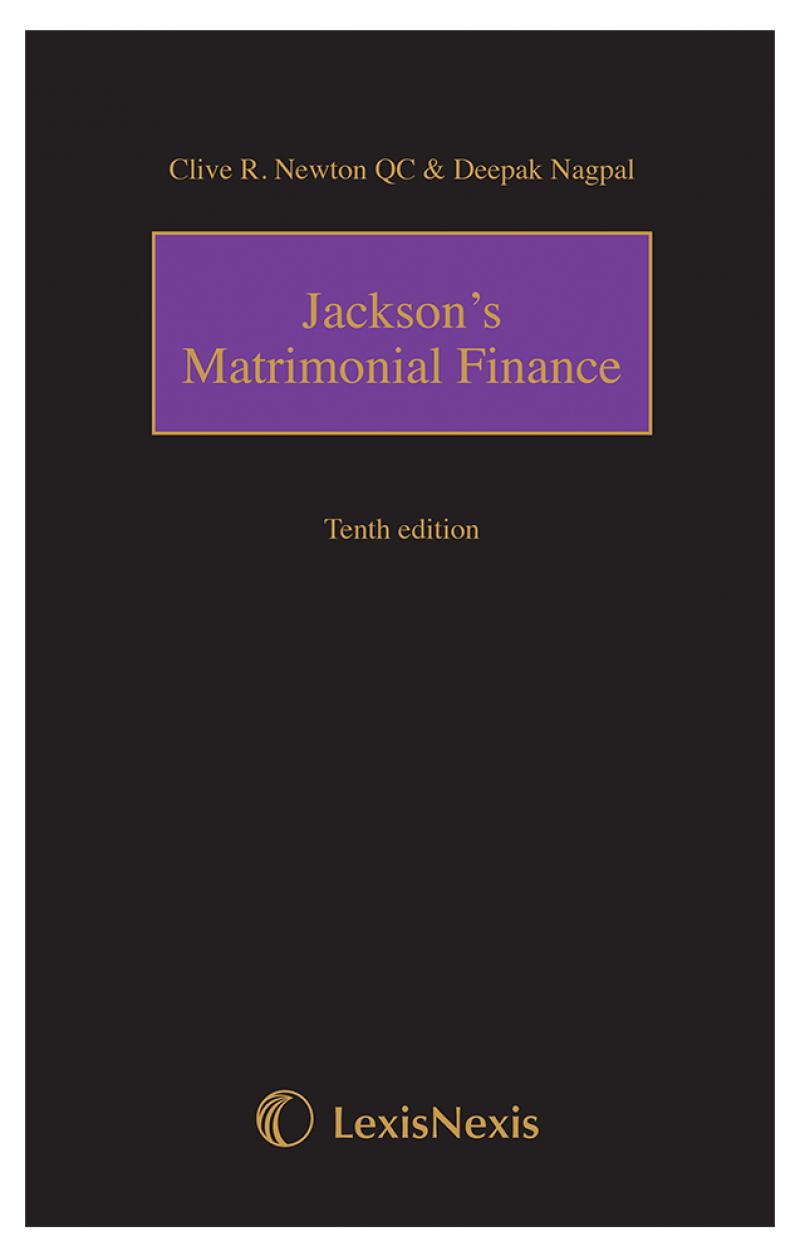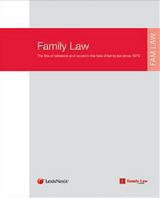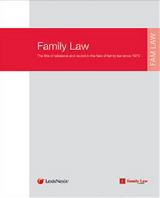family law reforms, transparency, consultation, litigants in person, disclosure, media access, voice of the child
The President of
the Family Division Sir James Munby has released a Consultation Paper regarding
‘Transparency – The Next Steps’. We have seen, over the process of reform this
year, the President’s continued wish to demystify the Family Court and this
paper outlines the intended ways of achieving that goal.
In a nutshell:
The public needs to
understand the Family Court and what it does, without compromising
confidentiality or the private and family lives of those involved in the court
system.
When:
Practice Guidance: Transparency in the Family Courts – Publication of Judgments [2014] 1 FLR 733 – was issued on 16 January 2014 and took
effect from 3 February 2014.
The Consultation Paper:
Transparency – The Next Steps: A Consultation Paper was issued on 15
August 2014.
Summary of the Paper:
The need for
greater transparency is to increase public understanding and confidence in the
court system and allow everyone to see what is being done by the judges.
Increased
reporting
The
Practice
Guidance has been significant in increasing the number of judgments in
family cases being published on BAILII. This increase in reporting will have
consequences, and the President particularly wants to hear any views regarding:
(1) The
impact on children and families, both immediate, short term and long term;
(2) The
impact on local authorities and other professionals;
(3) Any
change in the level and quality of news and reporting about the family justice
system.
Case listing
Further sought are any
views and suggestions as to the way cases are listed in the Family Division and
the Family Court, so that court lists are more informative as to the subject
matter of the cases (without naming the parties). The current case number
procedure (which uses the identifying code of the court, the year of issue, a
letter to identify the type of case and a sequential 5 digit number) is
understood by practitioners although not, it is thought, by others. One
suggestion for making the listing clearer is that a catch-phrase or some
catch-words might be added after each case number to indicate in slightly more
detail what the case is about.
Disclosure of
documents
A pilot project to deal
with the issue of disclosure of certain categories of document to the media is
a possible next step. Likely to be confined to High Court judges sitting in
Category (2) is more complicated and controversial. Not every expert’s report would be released but only those identified by the judge, having heard submissions.
Consideration may have to be given as to whether the report should be redacted or anonymised and if so who should carry this out.
It is envisaged that initially documents and reports disclosed in this way would remain confidential, unless ordered otherwise, so any copying or onward transmission by members of the media would be a contempt. Where such disclosure was being considered, the expert should be informed prior to disclosure. It would be of note to see whether the prospect of disclosure of their reports would have an impact on the willingness of experts to be involved and also on the content and quality of their reports.
Particular points of interest to the President are:
(1) Which types of documents should be included in category (1) and which types of expert in category (2)?
(2) Should access to such documents be confined to those members of the accredited media who actually attend the hearing or extend to any member of the accredited media entitled to attend the hearing, whether or not they do attend?
(3) What further restrictions and safeguards are desirable?
Hearings in publicPreliminary, pre-consultation views are also being garnered about the possibility of certain types of family cases being heard in public. This is at the early stages of discussion and if the matter proceeds at all, it would initially be by way of a pilot. Views are predominantly sought on three questions:
(1) What types of family case might initially be appropriate for hearing in public?
(2) What restrictions and safeguards would be appropriate?
(3) What form might a pilot take?
When a family court sits in public, the protection offered regarding publishing information under section 12 of the Administration of Justice Act 1960 no longer applies. Furthermore, the confidentiality attached to documents and information produced under compulsion ends when the material is read out in open court. This has particular ramifications in the context of financial remedy cases. Consideration will need to be given to the implications of both these points and whether any other restrictions and safeguards need to be put in place.
To do:
(1) Submit any comments or feedback on the impact and the working to date of the existing Practice Guidance.
(2) Don’t keep your views and valuable experiences to yourselves - submit any comments or feedback on the Consultation Paper topics by email to Andrew Shaw at
Andrew.shaw@judiciary.gsi.gov.uk.
(3) Keep checking
http://www.familylaw.co.uk/new_and_comment for the latest up to date guidance and reports, particularly for news on any pilot projects that may take place in your area.
(4) On twitter? If so, make sure you follow
@JordansFamLaw for breaking family law articles and news around the clock.












 21 JAN 2025
21 JAN 2025

 21 JAN 2025
21 JAN 2025

 21 JAN 2025
21 JAN 2025

 21 JAN 2025
21 JAN 2025

 21 JAN 2025
21 JAN 2025













Leave a commentOrder by
Newest on top Oldest on top